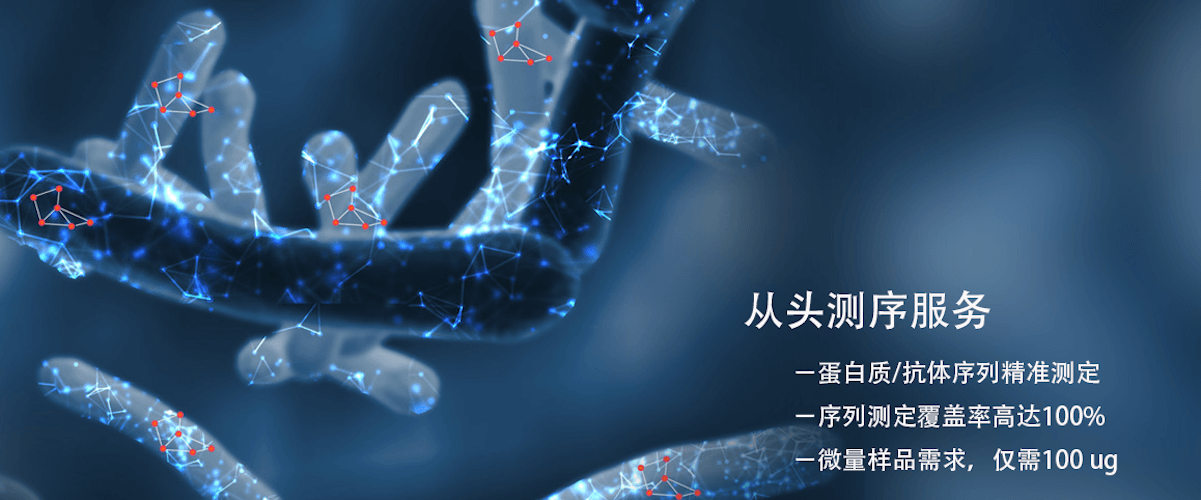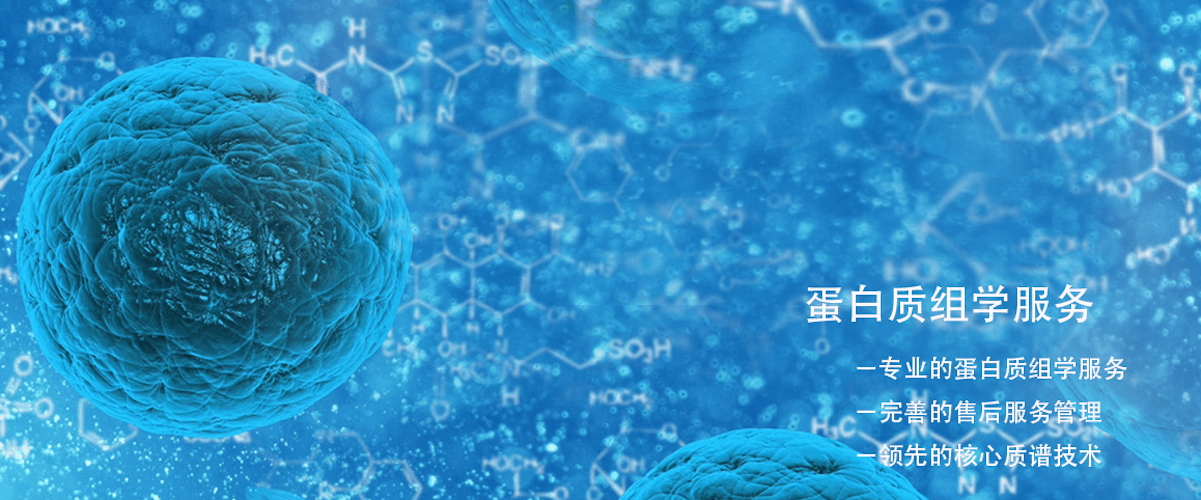Steps for Unknown Protein Sequencing via Protease Digestion
The steps for sequencing unknown proteins through protease digestion first involve using specific proteases to recognize particular amino acid residues in the protein sequence and cleave the peptide chain at these sites. This selective cleavage breaks down the unknown protein into a series of smaller peptide fragments. Next, researchers obtain mass and amino acid sequence information from these peptide fragments through mass spectrometry analysis. The strategy of protease digestion effectively reduces the complexity of proteins, thereby improving the accuracy and efficiency of sequencing.
Choosing the appropriate protease is one of the key steps in sequencing unknown proteins through protease digestion. Commonly used proteases include trypsin, chymotrypsin, and glucanase. Each protease has different cleavage specificity, so the appropriate protease can be selected based on the properties of the target protein and experimental needs. To obtain more complete amino acid sequence information, a combination of multiple proteases is usually used for digestion. Protease digestion not only increases the coverage of peptide fragments but also improves the reliability of sequencing results through cross-validation.
In the experiment of sequencing unknown proteins through protease digestion, mass spectrometry analysis is the core technology for obtaining sequence information of peptide fragments. Through mass spectrometers, researchers can accurately determine the molecular mass of peptide fragments and thus infer the amino acid sequence indirectly. This process is usually combined with liquid chromatography technology to improve detection sensitivity and separation capabilities. By using protease digestion and high-resolution mass spectrometry analysis, complex protein samples can be deeply analyzed to reveal their composition and functional characteristics.
Common Questions:
Q1. How to choose the most suitable protease for digestion in the steps of sequencing unknown proteins through protease digestion?
A: Choosing the appropriate protease mainly depends on the characteristics of the target protein and the experimental purpose. Researchers need to consider the cleavage specificity of the protease, digestion efficiency, and protein complexity. Typically, using a combination of multiple proteases can increase sequence coverage and improve accuracy through cross-validation of results.
Q2. How does mass spectrometry analysis ensure the accuracy of sequencing in the steps of sequencing unknown proteins through protease digestion?
A: The accuracy of mass spectrometry analysis depends on the resolution and sensitivity of the instrument, as well as the purity and preparation method of the sample. High-resolution mass spectrometry instruments can provide precise molecular mass measurements, while combining with liquid chromatography technology can improve detection sensitivity and separation capabilities. Additionally, using internal standard samples and standard curves in experiments helps to correct and verify the accuracy of results.
BiotechPack, A Biopharmaceutical Characterization and Multi-Omics Mass Spectrometry (MS) Services Provider
Related Services:
How to order?





